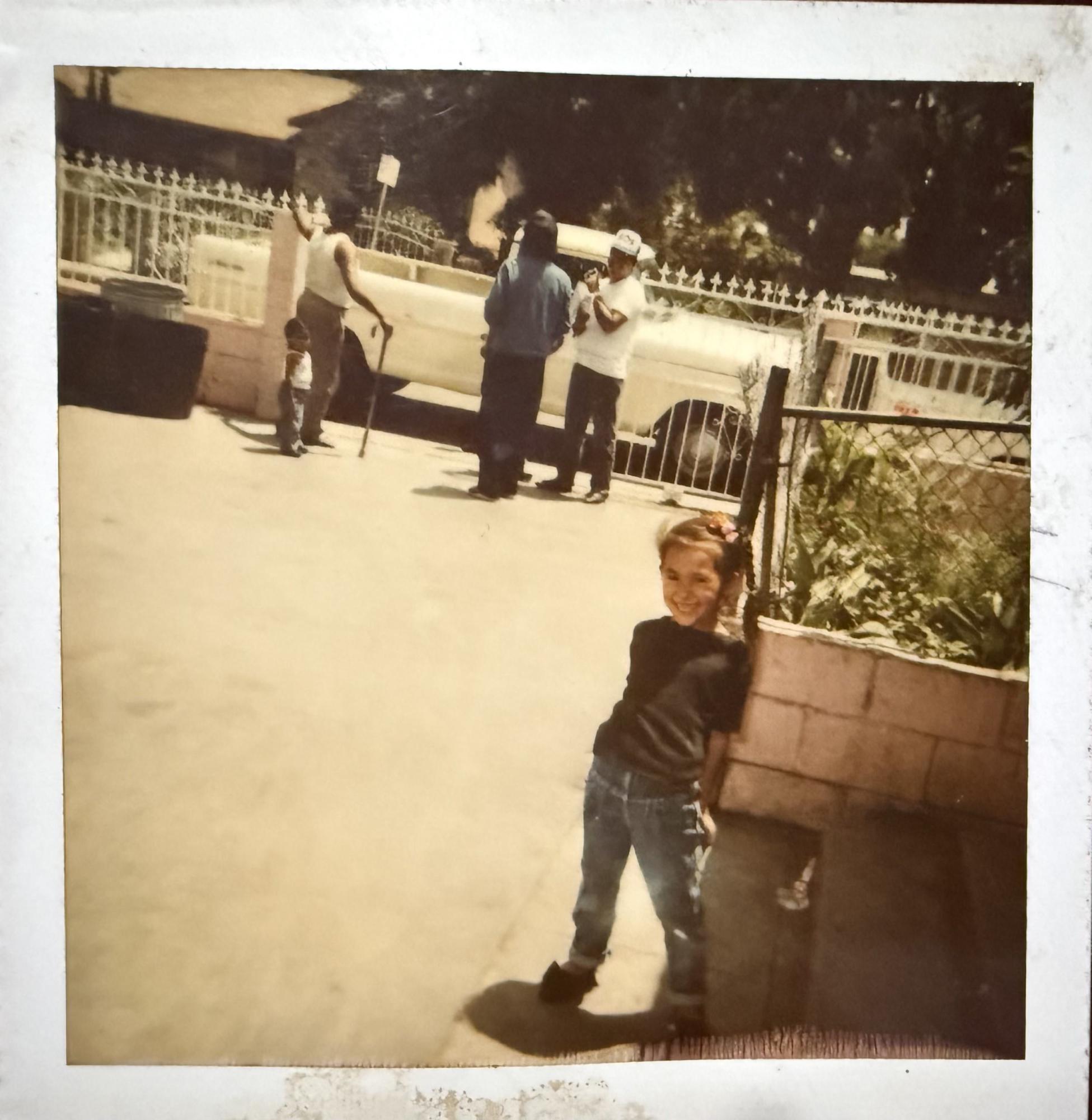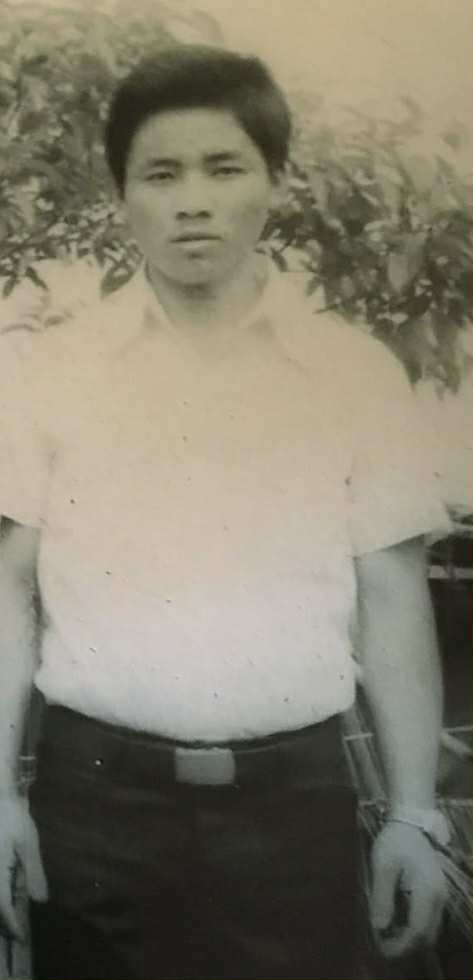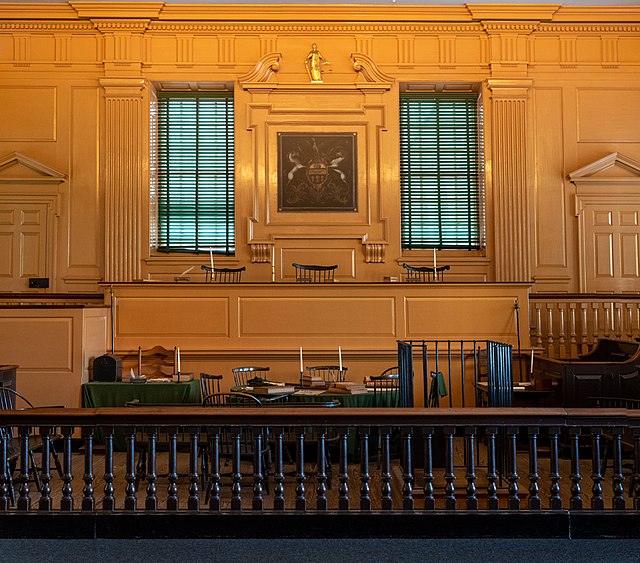Karina lived here once, a place that helped shape her understanding of the world. She has never forgotten it, no matter how much it has changed through the decades. The interior of her childhood home was dank and lackluster, filled with windows but no sunlight type of house. It is no wonder that Karina made the neighborhood her home instead. She was rarely indoors and played in her vast front garden. People would open the front door to her gate here and there, to steal a rose or two. She loves roses now as an adult but she also pities them for their ephemeral nature of blooming and withering away as quickly as they blossomed. The rose bushes her mother planted long ago, are now barren and uprooted.
Across the street was the witch’s house which had burned down long ago. The only remnants were the cement foundation and around it a walnut tree that had survived the fire. Karina would collect walnuts here; urban foraging is what it is called now. She would make skin salves from the flowers she found hanging outside from neighbors’ fences. Once while walking back home from school she ate some berries from a tree, she did not know if they were edible or not. I guess that is how ancient people found out what was safe to eat back then. You will be glad to hear that she did not die that day.
With that being said, it is no surprise that her favorite book as a child was The Secret Garden by Frances Hodgson Burnett.
Karina passes by the old neighborhood from time to time, and a lot has changed. Her heart breaks as she passes her childhood home, the garden she used to play in is now a dead lifeless dirt plot. This is not the place she remembers from back then, but she knows that things change even though we wish they wouldn’t. People change, places change, but our memories and love for what was once loved will last eternal.
Would it shock you to learn that the place Karina talks about in her story is located in Compton, CA?
What am I reading?
Poniatowska, E. (1999). Las Soldaderas: Women of the Mexican Revolution. Ediciones Era.
“If Villa, in the north, was the scourge of women, Zapata on the other hand, never humiliated them, as John Womack relates in his book Zapata and the Mexican Revolution: “In Puente de Ixtla, Morelos, the widows, wives, daughters and sisters of the rebels formed their own battalion to ‘seek vengeance for the dead.’ Under the command of a stocky former tortilla-maker by the name of China, they carried out savage incursions throughout the Tetecala district. Some dressed in rags, others in elegant stolen clothes silk stockings and silk dresses, huaraches, straw hats and cartridge-belts-these women became the terror of the region. Even De la O treated La China with respect” (Poniatowska 14).
Here is another story of a revolutionary woman that needs to be read: https://imdiversity.com/villages/native-american/statement-from-the-family-of-anna-mae-pictou-aquash/Links to an external site.







